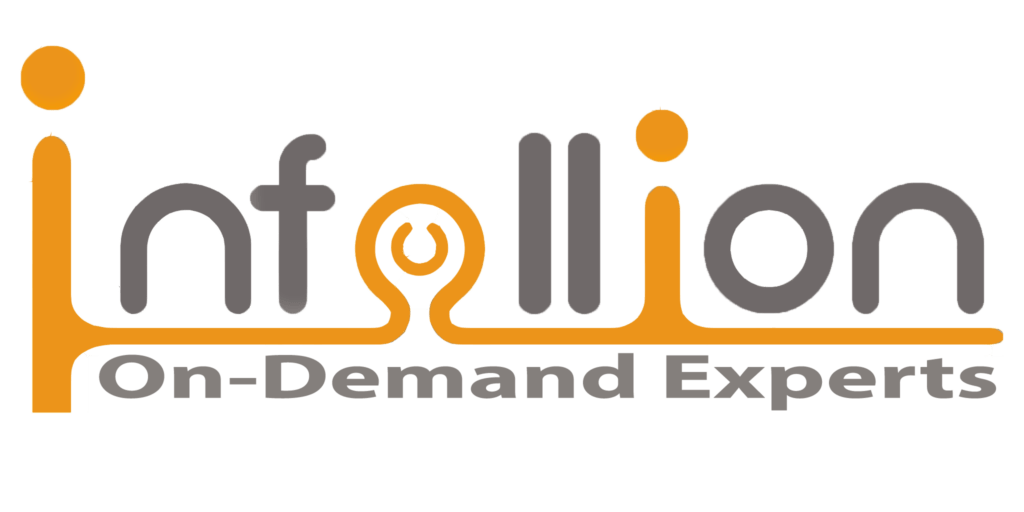Program Overview
This expert-led program provides a comprehensive understanding of the Therapeutic Goods Administration (TGA) regulatory framework for medical devices in Australia. It covers device classification, conformity assessment, ARTG inclusion, and post-market obligations while highlighting common challenges and compliance pitfalls. With real-world case studies and interactive simulations, participants will gain practical insights into managing submissions, leveraging overseas approvals, and building risk-based strategies for compliance. The course is designed to equip corporate teams with actionable tools to streamline regulatory processes and avoid costly delays in market entry.
Features
- Understand the TGA regulatory framework and ARTG inclusion requirements.
- Identify and address common compliance risks and pitfalls in submissions.
- Learn from real-world case studies of approvals, delays, and recalls.
- Build a practical roadmap for streamlined Australian market access.
Target audiences
- Regulatory and Quality Teams
- R&D Professionals
- Operations and Compliance Teams
- Project managers
- Product specialists
Curriculum
- 4 Sections
- 19 Lessons
- 1 Day
Expand all sectionsCollapse all sections
- Understanding the TGA Regulatory Framework6
- 1.1Overview of Therapeutic Goods Administration (TGA) and its mandate
- 1.2Therapeutic Goods Act 1989 – legislative backbone
- 1.3Device classification system (Class I, IIa, IIb, III, AIMD)
- 1.4Essential requirements for conformity assessment
- 1.5Market authorization pathways: Inclusion in ARTG (Australian Register of Therapeutic Goods)
- 1.6Key concepts: ARTG, Conformity Assessment Certificate, Essential Principles, Sponsor, Manufacturer’s Evidence, GMP Clearance
- Practical Challenges & Compliance Realities5
- 2.1Sponsor vs. manufacturer obligations in the Australian system
- 2.2Leveraging overseas regulatory approvals (EU CE, FDA, MDSAP) for TGA recognition
- 2.3Documentation expectations: technical files, clinical evidence, post-market reporting
- 2.4Common pitfalls: Incorrect classification submissions, Gaps in clinical evidence for high-risk devices, Inadequate vigilance & adverse event reporting
- 2.5Key Concepts: Post-Market Vigilance, Clinical Evaluation Report (CER), Recalls & Incident Reporting, QMS Certification, ISO 13485 Alignment
- Lessons from Industry Experiences5
- 3.1Case Study 1: Smooth ARTG inclusion leveraging EU CE certification
- 3.2Case Study 2: Delays due to incomplete conformity assessment & insufficient clinical data
- 3.3Case Study 3: Post-market compliance failure leading to product recall
- 3.4Guided discussion: “What would you have done differently?”
- 3.5Expert sharing of best practices and shortcuts corporates use successfully
- Applying TGA Regulatory Knowledge3






